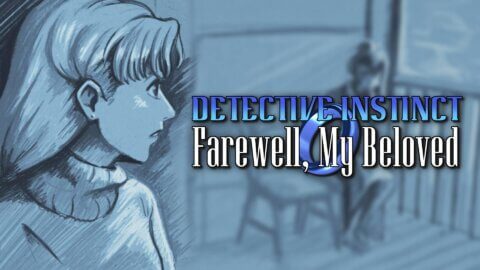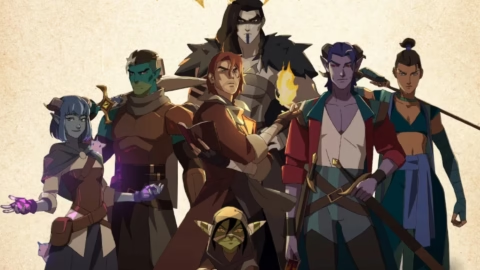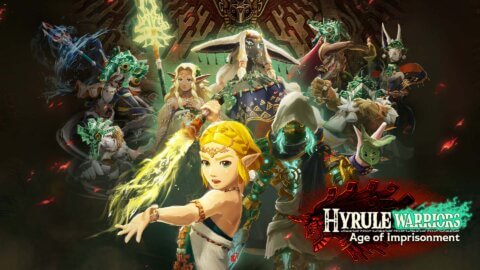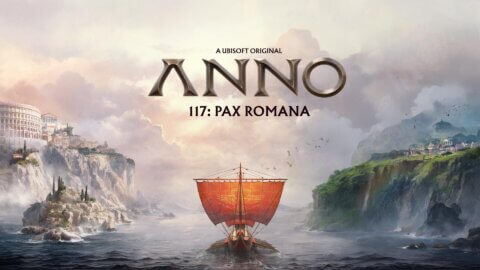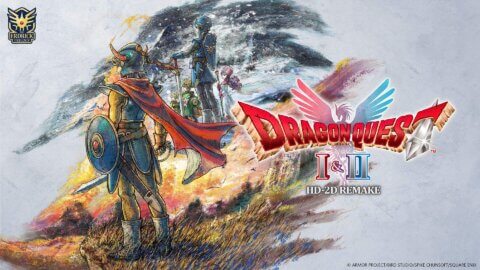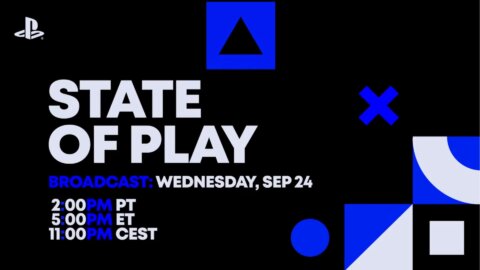It feels like we’re in the middle of a roguelite resurgence. Within just a few months we’ve seen The Rogue Prince of Persia burst onto the scene, and Hades II is about to dominate the conversation. And now Bandai Namco have jumped into the genre with developer Brownies Inc. Their new game, Towa and the Guardians of the Sacred Tree, doesn’t just borrow ideas from its peers, it blends roguelite structure with a heavy narrative focus rooted in Shinto mythology. It’s ambitious, stylish, and at times brilliant, though not without some growing pains.
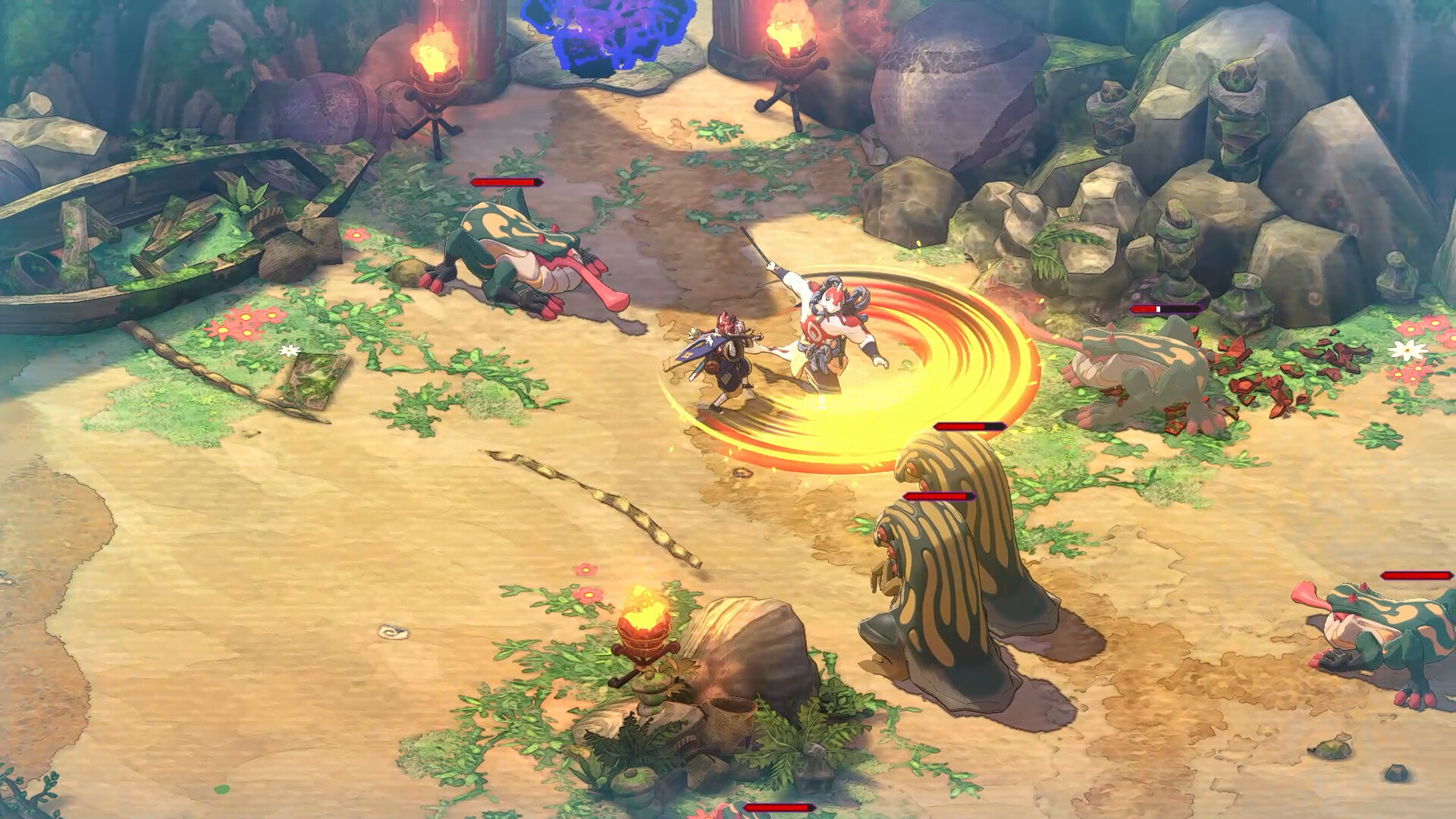
Most roguelites give you just enough plot to justify the next run. Towa is different. Story isn’t just a backdrop here, it’s front and center. The story follows Towa, the Priestess of Shunju, and her 8 “Prayer Children,” chosen to fight back against Magatsu, an evil god spreading a poisonous miasma across the land. The group sets off on a quest to save their world, only to be torn apart and scattered into parallel dimensions. This splitting is what cleverly ties into the roguelite loop, as each run is framed as a team up of companions trying again through shifting timelines to overcome Magatsu’s corruption.
I’ll admit, I wasn’t prepared for just how much exposition the game throws at you upfront. Before I even touched the combat, I sat through nearly twenty minutes of world-building, explaining Towa’s importance, introducing each Prayer Child, outlining the history of the Sacred Tree. The lore is rich, but the pacing is a bit sluggish. When all I wanted was to test the mechanics, the game kept stopping to explain another detail. Later on, this pays off with deeper character moments, especially when the Prayer Children chat while traveling or resting by a campfire, but early on it feels like the game is holding you hostage with its story.
That said, the character writing won me over. Whether it’s lighthearted banter during exploration or surprisingly emotional confessions shared in quiet moments, the Prayer Children feel distinct and human, even when some visibly aren’t. Their relationships make each run feel more personal, even when the roguelite grind starts to set in.
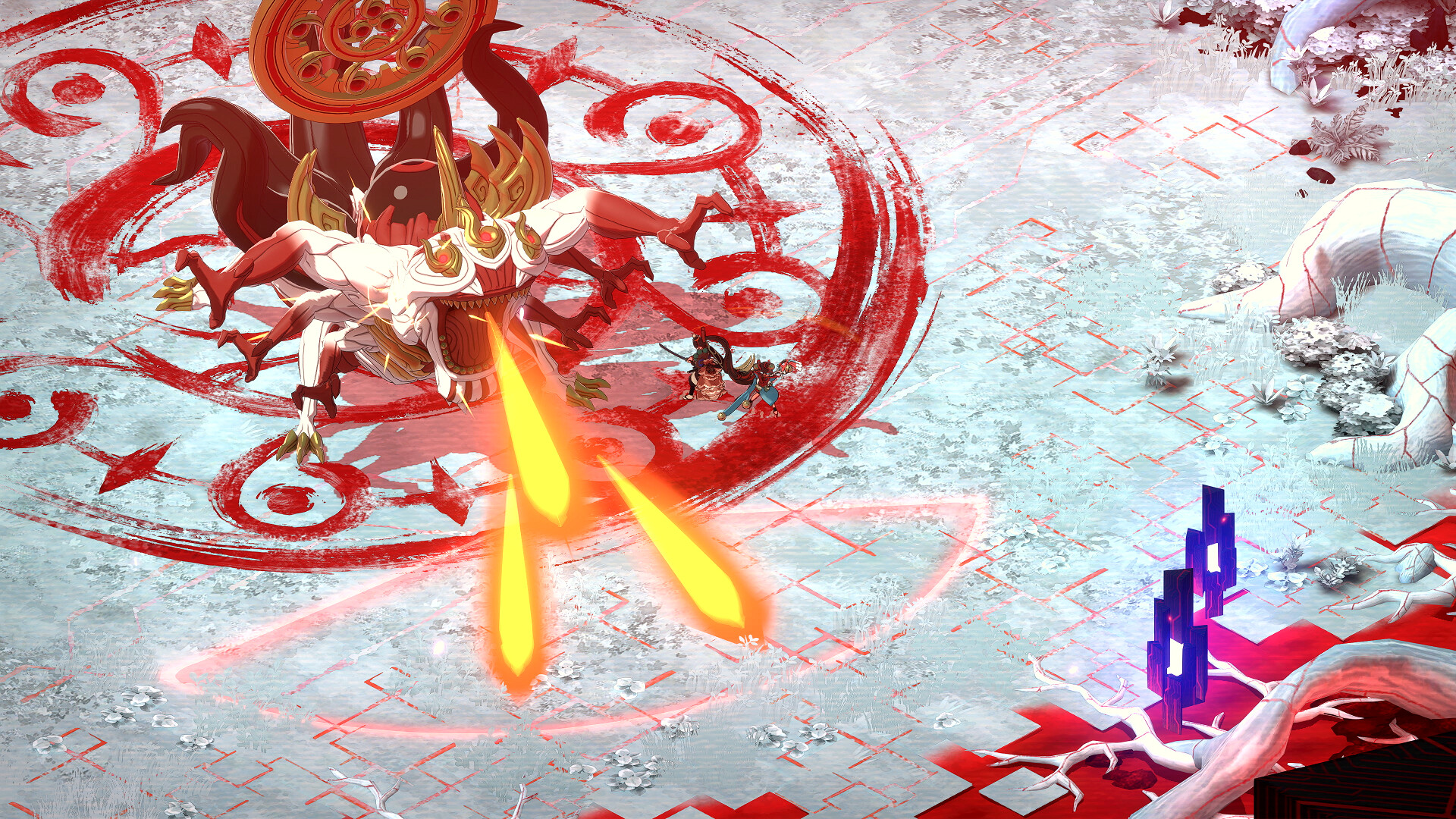
Visually, Towa is stunning. The art direction leans heavily into Shinto mythology, and it nails the balance between the ethereal and the menacing. The bosses, in particular, are a highlight, each inspired by Japanese folklore, towering and grotesque yet strangely beautiful. They feel like they belong to the same world as the Sacred Tree itself, both divine and corrupted.
The environments shimmer with color. From glowing autumn coloured forests choked by miasma to crystalline shrines radiating light, the palette feels deliberate and symbolic. The game wants you to feel the tension between purity and corruption at every turn, and it succeeds.
If you’ve played Hades or The Rogue Prince of Persia, you’ll recognize the structure. Each run sends you through a sequence of rooms. You clear out waves of enemies, then choose your next path, whether that’s toward a stat boost (called a “Grace”), a weapon upgrade, a shop, or eventually a boss fight. Between battles, you might stumble on a spring to heal, or a campfire where your characters reflect and trade stories, even shopkeepers that will sell you goods that will hopefully help you in the battles ahead.
The formula works. Runs feel varied enough thanks to the branching paths and the mix of rewards. The pacing is sharp too, you rarely spend more than a couple of minutes in one area before moving on. I liked the rhythm of combat-chaos followed by moments of calm.
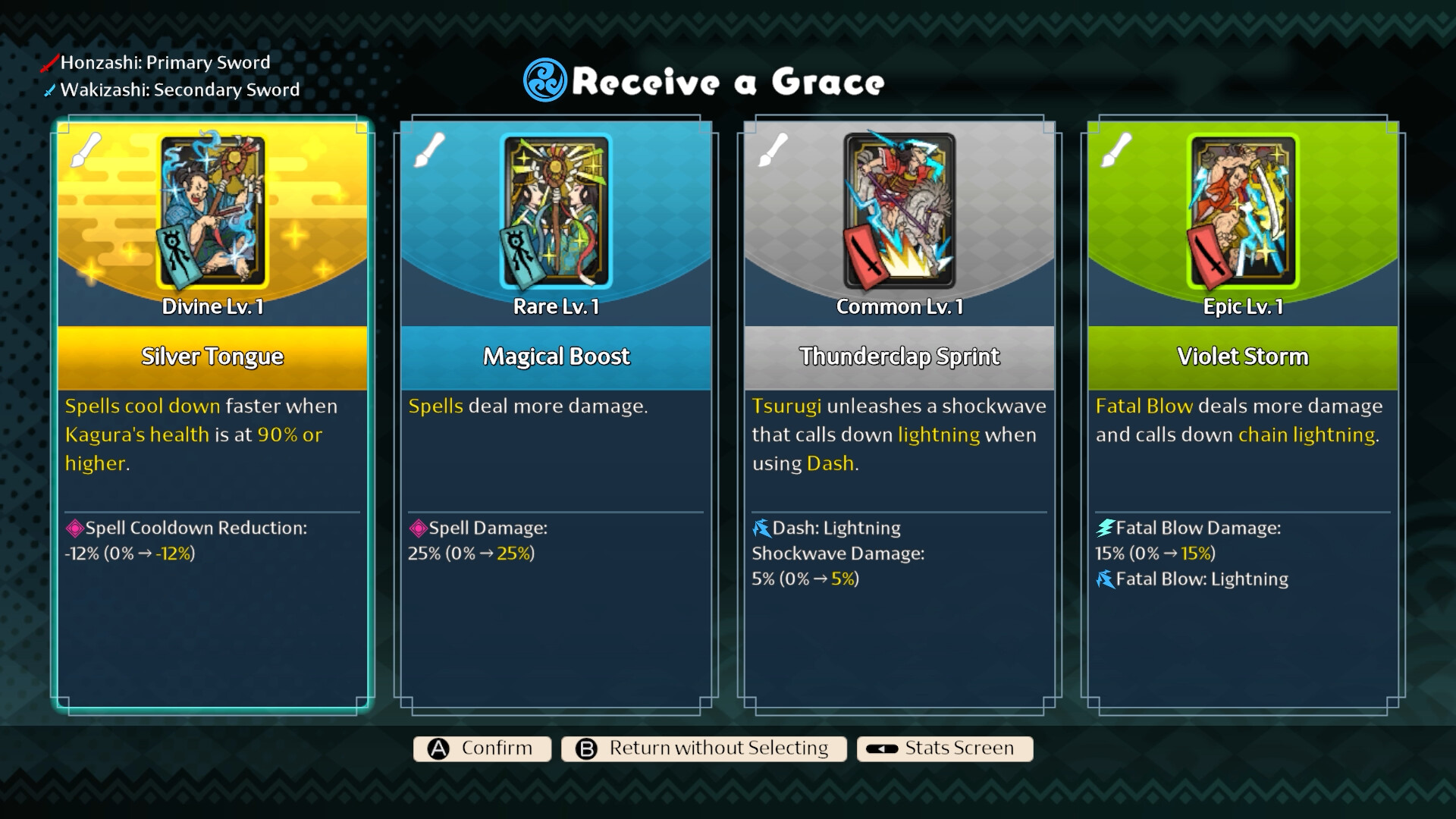
Where Towa stands out mechanically is in its dual-character system. Each run pairs two of the Prayer Children together. You directly control one character, the Tsurugi, while the second character, the Kagura, supports with AI-driven magic and attacks from a distance. At any time you can click the right stick to gain free control of the Kagura, but juggling both in real-time adds more stress than strategy. For me, it worked best to focus on one and let the AI handle the other.
Combat itself is sharp and kinetic. Each character wields two swords, capable of standard attacks, charged moves, and flashy ultimate abilities that recharge on cooldowns. Dodges are quick and satisfying, letting you slip out of the way of telegraphed strikes. The spectacle is dialed up with ultimate attacks, screen-filling bursts of light and energy that never stopped being satisfying to unleash when they hit your foes.
The controversial mechanic here is sword durability. After a handful of swings, your sword loses effectiveness and its damage output halves until you swap to your second weapon. On paper, it’s a system designed to keep you engaged and adaptive. In practice, it felt like a chore. I wanted to use different weapons to explore playstyles, not because the game forced me to when one broke. Instead of feeling tactical, it often came off as restrictive.
When you inevitably die, and you will, you return to Shinju Village, the central hub. Surprisingly, this was one of my favorite parts of the game.
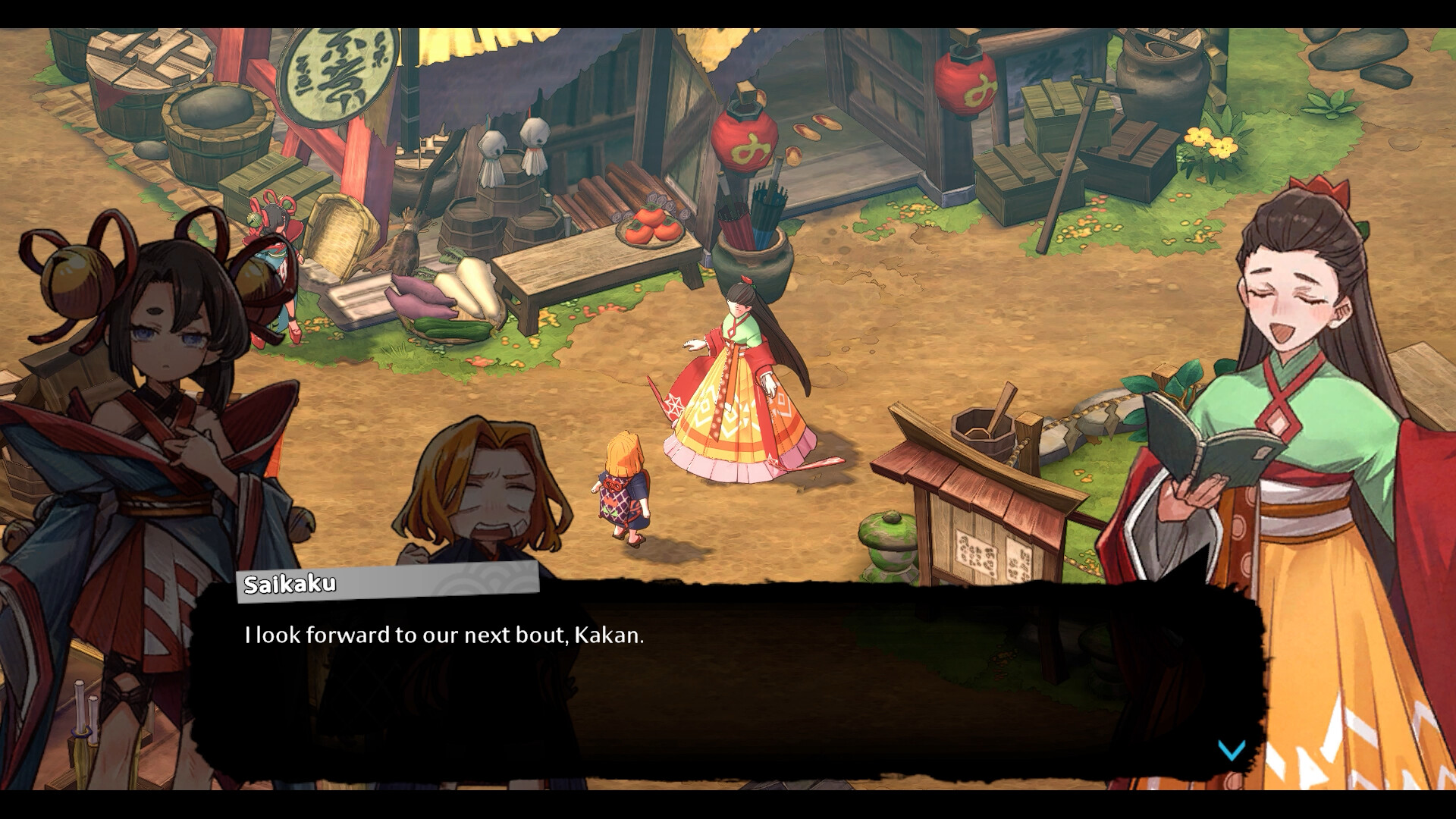
As Towa, you can freely wander the village, interact with townsfolk, and take part in a surprising variety of side activities. The dojo lets you upgrade character stats and abilities, the blacksmith offers a smithing minigame to forge and enhance weapons, carpenters expand the village with new buildings, and the shrine strengthens your Grace Jewels. There’s even fishing at the lake, a calm diversion from the intensity of combat.
The village isn’t just a menu disguised as a hub, it feels alive. NPCs have their own storylines that unfold as you engage with them, often rewarding you with resources or upgrades. Progress here feels meaningful, making each run better equipped than the last. For a roguelite, that sense of tangible progression between failures is critical, and Towa nails it.
One of the game’s biggest surprises is how much of it is voiced. Hearing the Prayer Children bicker, comfort each other, or share hopes for the future gave the story real weight. The performances fit the personalities well, adding emotional punch to both the lighter and darker moments. Not every villager is voiced, but the major players are, and it elevates the storytelling significantly.
For players less interested in the grind, Towa even offers a story mode. Combat difficulty is toned down so you can focus on character arcs and world-building without worrying about repeatedly slamming into bosses. It’s a smart accessibility option, and I’m glad it’s there.
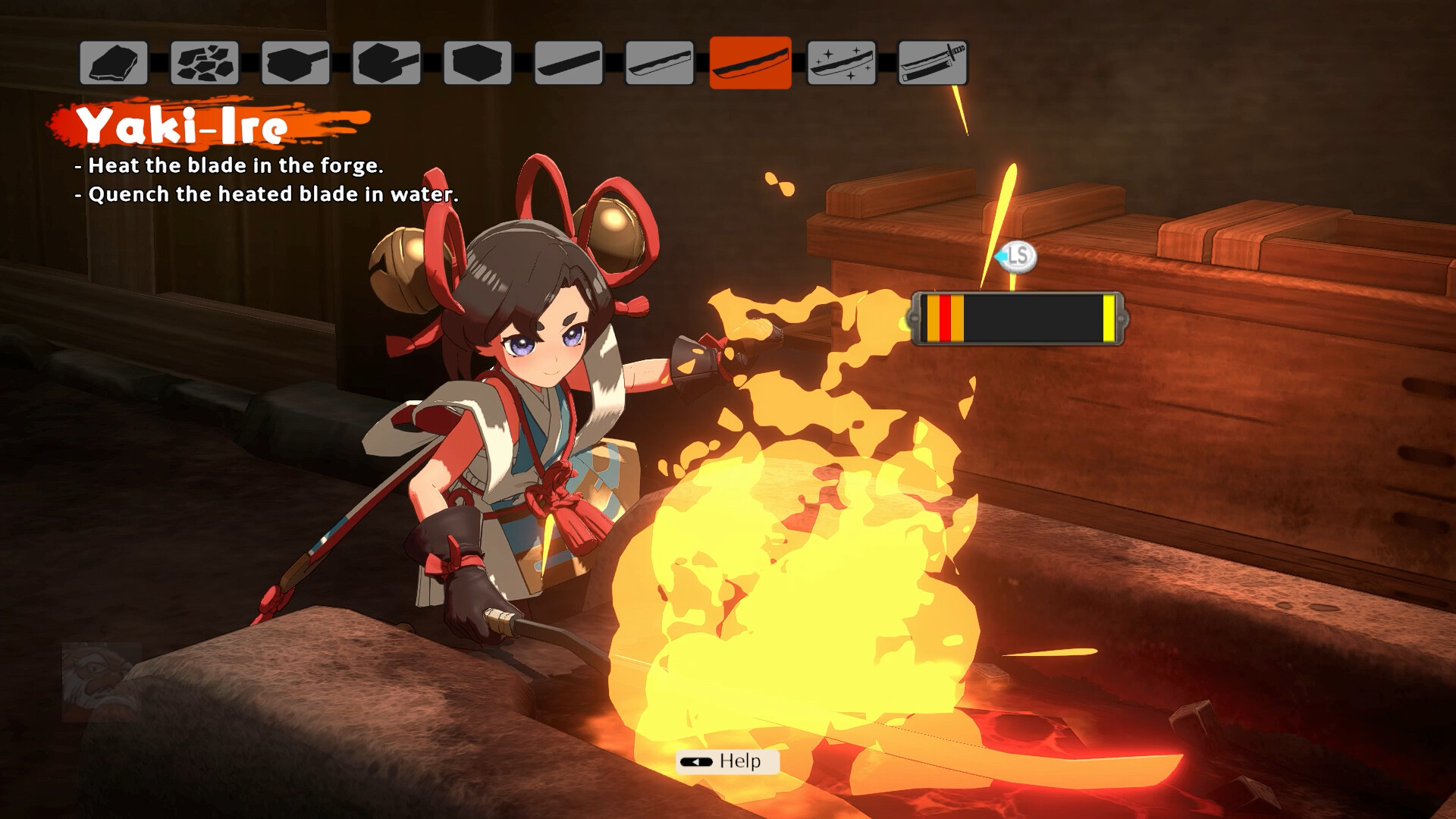
As much as I enjoyed Towa, it does have some issues. The onboarding is rough, the game dumps a flood of story and systems on you before you’ve had a chance to get comfortable. Even once you’re in Shinju Village, it takes time to understand what to prioritize. Should I upgrade weapons first? Focus on building new facilities? Or just focus on farming Ore? The lack of guidance makes those first few hours more confusing than they needed to be.
The weapon durability system is also a sticking point. Instead of encouraging experimentation, it feels like a leash. I would have preferred durability as an optional challenge rather than a core mechanic.
And while I loved the heavy focus on narrative, the early game suffers from pacing issues. Lengthy cutscenes, character introductions and story setup before my first swing of the sword left me a bit restless. The game eventually finds a better balance, but the slow start could turn off some players.
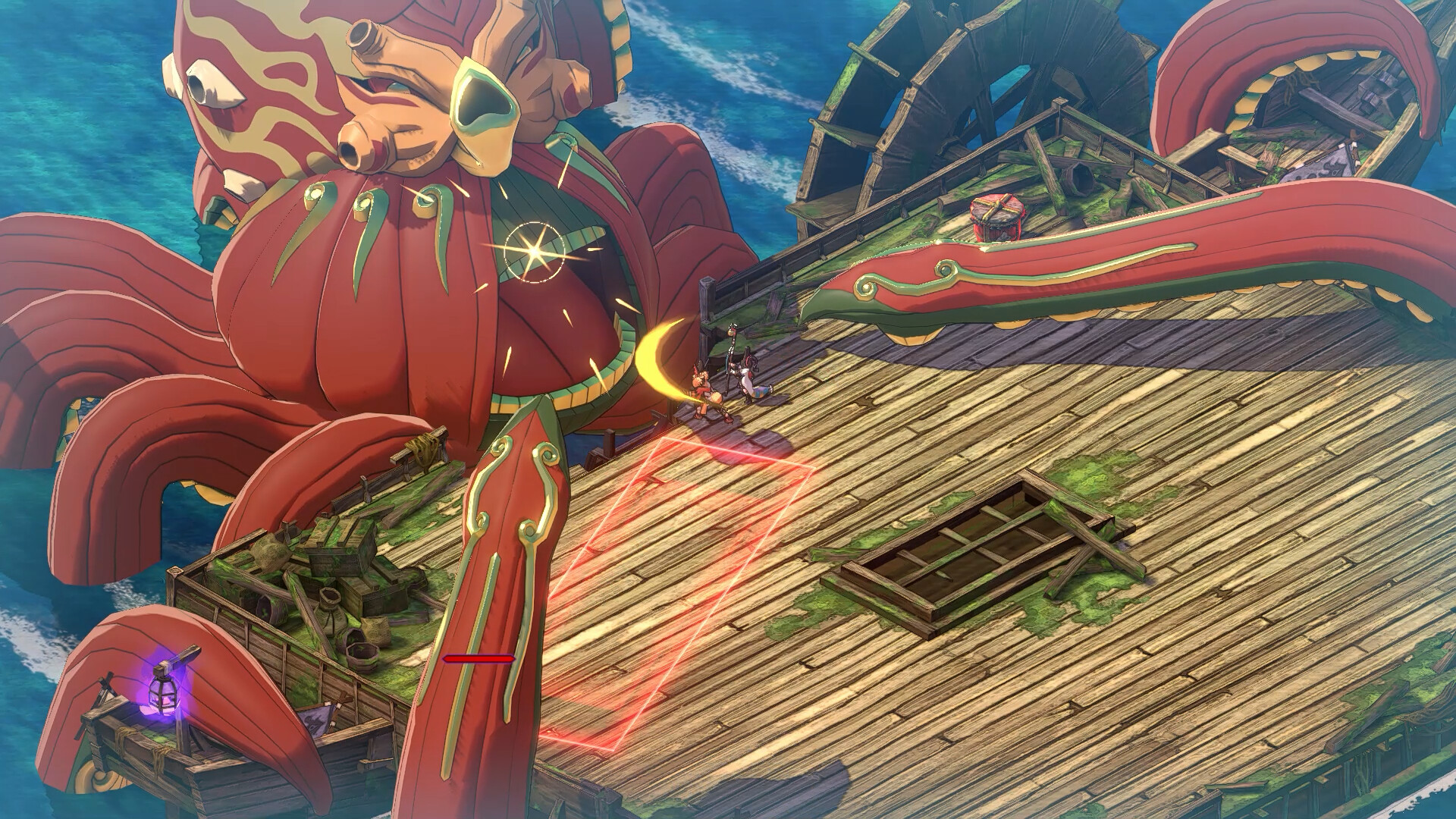
Final Thoughts
Towa and the Guardians of the Sacred Tree is an ambitious entry into the roguelite space. It blends mythological storytelling with sharp, dual-character combat and wraps it in a gorgeous, folklore-inspired art style. Its world feels alive, its characters are endearing, and its hub village offers satisfying progression that makes each run meaningful.
For players looking for a fast, pick-up-and-play roguelite, this may not give you everything you’re after. But if you’re willing to embrace its narrative weight and take your time learning its systems, there’s a lot of heart here. In a crowded genre, Towa stands out by daring to be more story-driven, more emotional, and more committed to its world than most. It may not dethrone Hades, but it earns a place alongside some of the greats in this roguelite renaissance.
A PS5 review code was provided by the publisher for the purpose of this review.
If you want to see more content like this and never miss one of our frequent gaming and anime giveaways come and Follow Ani-Game on Twitter.
8
- + Amazing art direction and setting
- + Great characters and performances
- + Shinju Village is a great hub world
- + Encourages a lot of replay with the 8 different Prayer Children
- - Onboarding of the game’s story and systems is rough in the early hours
- - Weapon durability system isn’t too fun to constantly deal with
